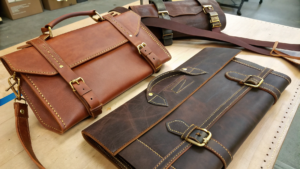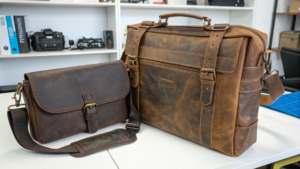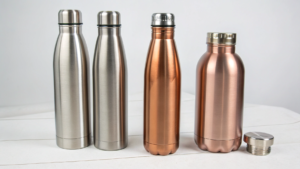Non-Insulated Water Bottles: Are They Right for Your Needs?
Confused about water bottles? Choosing between insulated and non-insulated options can feel overwhelming, especially when considering them for corporate gifts or daily use. Let's break it down simply.
Non-insulated water bottles are single-walled containers, usually made of plastic, aluminum, or stainless steel. They don't maintain liquid temperature well but are lightweight and often more affordable than insulated options.
Understanding the basic types of water bottles is the first step. It helps you decide what fits your budget, lifestyle, and maybe even your company's branding goals. Let's explore the details to see if a non-insulated bottle is the practical choice for you.
What is a non-insulated water bottle?
Struggling to tell bottles apart? Non-insulated might seem basic, but knowing exactly what they are helps you choose wisely for giveaways or personal hydration needs.
A non-insulated water bottle is simply a container with a single layer of material. It lacks the extra walls or vacuum seal found in insulated bottles, offering no significant temperature control.
Let's dive deeper into what makes a non-insulated bottle tick. Think of it as the most straightforward type of water container. Its main job is just to hold your drink.
Construction and Materials
The key feature is its single-wall construction1. There's just one layer separating your drink from the outside air. Common materials include:
- Plastic (like Tritan or PET): Lightweight, often transparent, and generally inexpensive. Great for large quantity giveaways if budget is tight.
- Aluminum: Also lightweight, but can sometimes impart a metallic taste and may dent easily.
- Stainless Steel (Single Wall): More durable than plastic or aluminum, doesn't retain flavors, but offers no insulation.
How it Affects Temperature
Because there's only one wall, heat transfers easily.
- Cold Drinks: They will warm up quickly to match the surrounding air temperature. Expect condensation (sweating) on the outside on warm days.
- Hot Drinks: They will cool down fast. Holding the bottle might also become uncomfortably hot.
Here's a quick comparison:
| Feature | Non-Insulated Bottle |
|---|---|
| Wall Structure | Single Wall |
| Temp Control | Minimal |
| Condensation | Yes (with cold drinks) |
| Weight | Generally Lighter |
| Cost | Often Lower |
| Best For | Room temp drinks, short trips |
So, a non-insulated bottle is basic hydration transport. It's simple, light, and cost-effective, but don't expect it to keep your water icy cold all day.
Do you really need an insulated water bottle?
Feeling pressured to buy fancy insulated bottles? Sometimes simpler is better, but how do you know if a basic non-insulated bottle is enough for your needs or your team's gifts?
Whether you need an insulated bottle depends on your environment and how long you need temperature control. For short periods or moderate climates, a non-insulated bottle might be perfectly adequate.
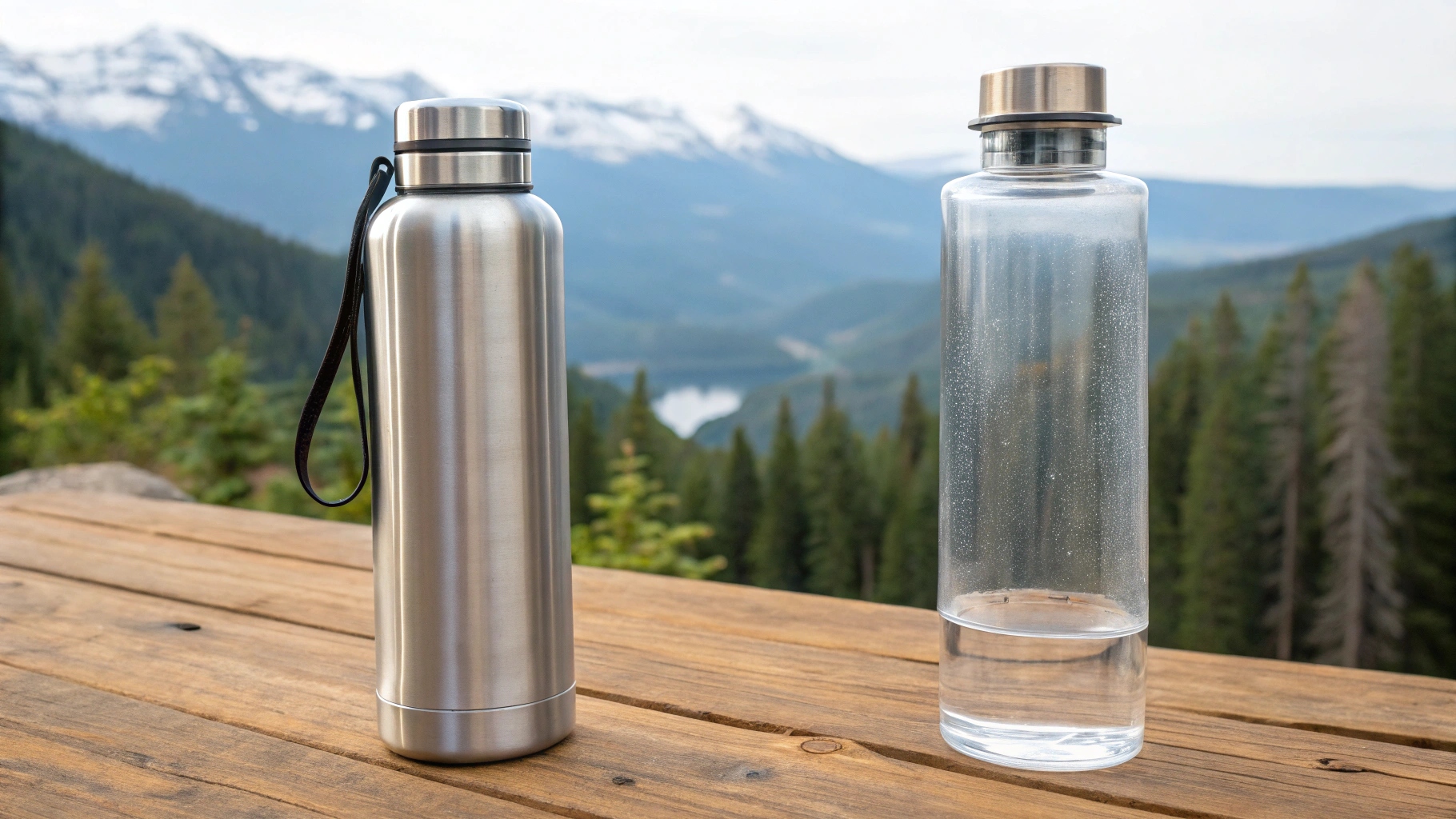
Let's think about when a non-insulated bottle makes sense versus when shelling out for insulation is worthwhile. I remember working with a client, let's call him Jacky, a marketing manager like you perhaps. He needed bottles for an indoor conference. We discussed options, and for his specific needs – keeping people hydrated during sessions – simple, branded non-insulated bottles worked perfectly and saved budget.
When Non-Insulated Works Fine
- Office Use: If you're just sipping water at your desk and can easily refill, temperature control isn't critical.
- Short Errands/Commutes: For quick trips, your drink likely won't have time to change temperature drastically.
- Budget Constraints: Non-insulated bottles are almost always cheaper, a big factor for large corporate gift orders.
- Weight Concerns: If you prioritize carrying the lightest possible bottle (e.g., for some types of running or cycling), single-wall is lighter.
- Room Temperature Preference: Some people prefer drinking water that isn't ice-cold.
When Insulation is a Game-Changer
- Hot Climates: If you want cool water during a hot Singapore day, insulation is key. An insulated bottle keeps water cool even if the outside heats up. I always recommend this for outdoor events.
- Cold Climates: As mentioned, insulation prevents water from freezing. If you're gifting to people in colder regions or for winter activities, this is crucial. Your water stays liquid, not ice.
- Long Durations: For hiking, long days out, or road trips where refills aren't easy, keeping your drink hot or cold for hours is a major benefit.
- Avoiding Condensation: Insulated bottles don't "sweat," keeping bags and desks dry.
Consider these factors:
| Situation | Non-Insulated Recommended? | Insulated Recommended? | Why? |
|---|---|---|---|
| Indoor Office | ✅ | Okay | Temp control less critical |
| Outdoor Event (Hot) | ❌ | ✅ | Keeps drinks cold |
| Gym Session | Okay | Better | Keeps water cool |
| Hiking (All Day) | ❌ | ✅ | Long-term temp control, durability |
| Budget Giveaway | ✅ | Maybe | Cost-effective |
| Winter Sports | ❌ | ✅ | Prevents freezing |
Ultimately, "need" depends on your specific use case. Don't overspend if simple works, but don't underestimate the comfort and practicality of insulation when conditions demand it.
What type of water bottle keeps water coldest?
Need your water to stay refreshingly cold for hours? If you're battling the heat or planning long outings, knowing which bottle performs best is essential.
Double-walled, vacuum-insulated stainless steel water bottles are the best type for keeping water cold for the longest duration. The vacuum layer dramatically slows heat transfer.
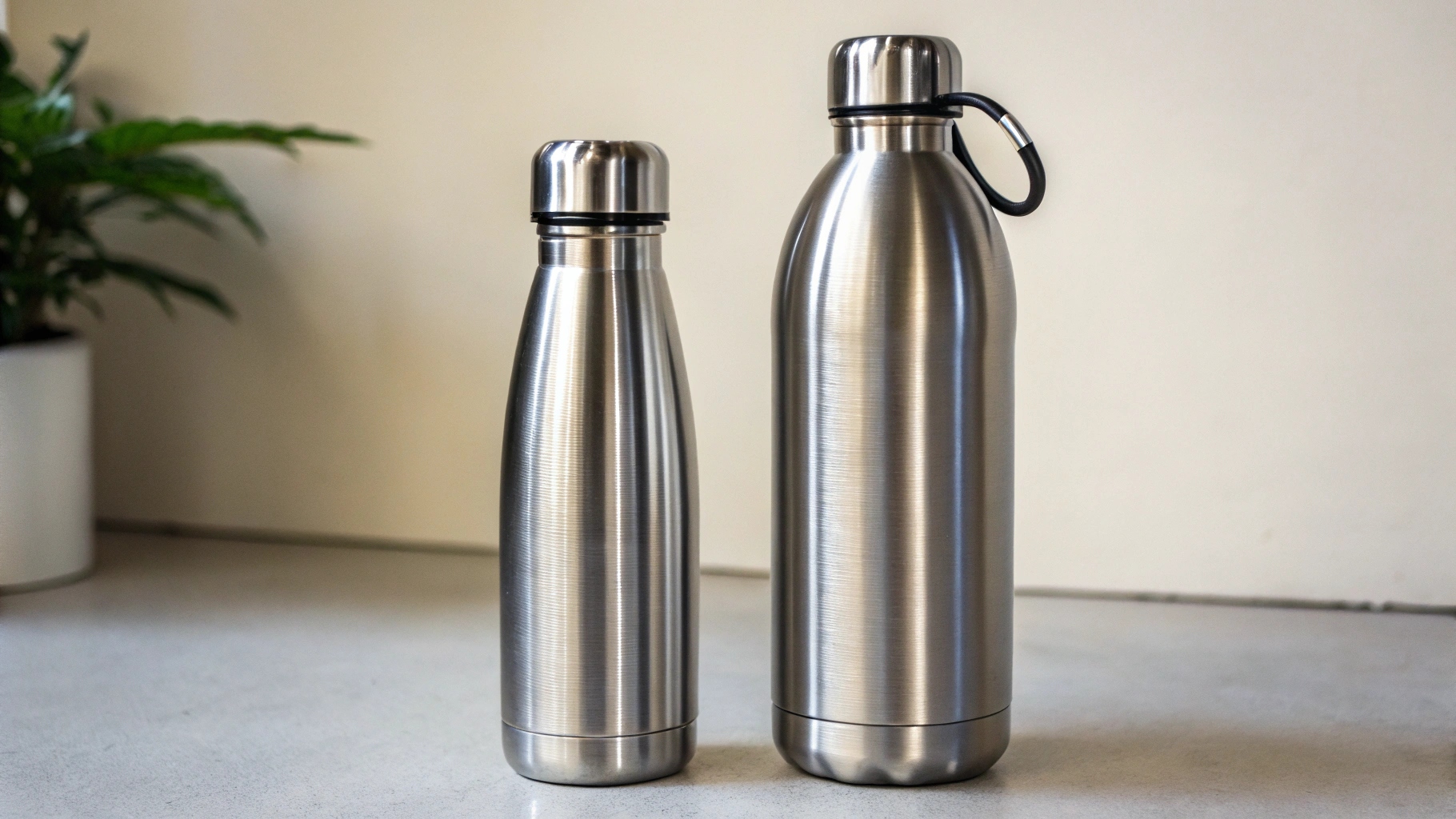
If maximum cold retention is your priority, there's a clear winner. While a single-wall non-insulated bottle offers almost no help against rising temperatures, insulated bottles are specifically designed for this.
The Science of Cold Retention
It boils down to slowing down heat transfer. Heat moves in three ways: conduction (touching), convection (fluid movement), and radiation (waves). Insulated bottles tackle these:
- Double Walls: Creates a space between the inner wall (holding the water) and the outer wall.
- Vacuum Insulation: Most importantly, the air is sucked out of the space between the walls, creating a vacuum. This significantly reduces heat transfer by conduction and convection because there are very few molecules to transfer heat.
- Material: Stainless steel is commonly used for insulated bottles. It's durable, doesn't react with drinks, and works well with vacuum insulation technology.
Comparing Bottle Types for Coldness
| Bottle Type | Cold Retention Ability | Why? |
|---|---|---|
| Non-Insulated Plastic | Poor | Single wall, plastic conducts heat relatively easily. |
| Non-Insulated Aluminum | Poor | Single wall, aluminum conducts heat very well. |
| Non-Insulated Stainless Steel | Poor | Single wall, steel conducts heat, though less than aluminum. |
| Foam Insulated | Fair | Foam layer provides some insulation, but less effective than vacuum. |
| Double-Wall (No Vacuum) | Fair | Air gap helps slightly, but air still allows convection/conduction. |
| Vacuum Insulated Stainless Steel | Excellent | Double walls plus vacuum drastically minimize heat transfer. |
So, if your goal, or the goal for your corporate gift recipients, is ice-cold water hours after filling the bottle, especially in warm climates like Singapore, vacuum-insulated stainless steel2 is the undisputed champion. It costs more, but the performance justifies it for those who need it.
Conclusion
Non-insulated bottles are simple, light, and budget-friendly for basic hydration. For keeping drinks consistently hot or cold, especially for longer periods or in extreme temperatures, insulated bottles are superior.


